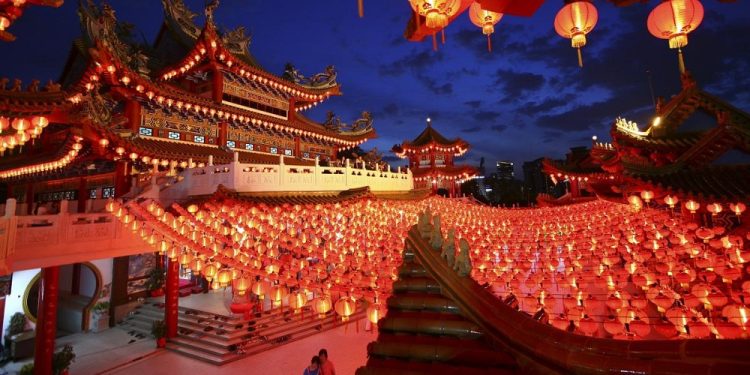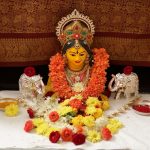
Mahayana New Year
Mahayana New Year is a holiday observed by Buddhists in many different countries of the world. The word “Mahayana” means “Great Vehicle” in English. It is also a term used to describe certain Buddhist practices and philosophies in one branch of Buddhism. The second branch of Buddhism is Theravada, and it is fundamentally different from Mahayana Buddhism.
Before we can take a closer look at Mahayana New Year, we have to examine the differences between these two branches of Buddhism and how they relate to one another. However, it is also worth noting that even among Mahayana Buddhists, there are differences in how this holiday is celebrated.
The Differences Between Mahayana & Theravada Buddhism
Mahayana Buddhism is commonly practiced in Northeast Asia, particularly in China, Tibet, Taiwan, Japan, Korea, and Mongolia. Because of where it is practiced, it has absorbed some local traditions into its customs. Among this group of Buddhists, it is believed that enlightenment can be achieved during an individual’s current lifetime. This is enlightenment that everyone can achieve, regardless of whether they are a monk or not.
Theravada Buddhism is more conservative and is the oldest of the two Buddhist branches. In Theravada Buddhism, people strive to become arhats — perfected beings who have gained true insight into the nature of reality and have achieved nirvana. This means that they have followed the Noble Eightfold Path and have extinguished the fires of ignorance, hatred, and greed.
This is an enlightened stage that frees the individual from the cycle of samsara (death and rebirth). The main difference between these two branches is that Mahayana Buddhists may choose to remain in the cycle of samsara to help others achieve enlightenment, not just to help themselves.
Observing Mahayana New Year
As we stated earlier, Mahayana New Year is celebrated in different ways in different countries. For some Buddhists, this tradition is observed on December 31st, while others observe it on the more traditional January 1st with the rest of the world’s New Year’s Day celebrations. Still, others observe the holiday according to a lunar calendar, on the first full moon of the new year.
What is common among many Buddhists are some of the traditions observed on this day. Buddhists will spend the day praying and paying homage to their deities — with a special emphasis placed on paying homage to Buddha. It is also a day to pay respect to statues of Buddha and to light candles for good luck.
It is also common for Buddhists to spend the day in self-reflection so they can find ways to learn from past mistakes. And as is the case for many New Year celebrations held around the world, this holiday is a time for Buddhists to gain a little bit of extra luck for themselves and their family. This is often done by cleaning and redecorating their homes, giving gifts to others, and buying new items. At midnight, there is typically a focus on sweets, and fireworks are often enjoyed.








